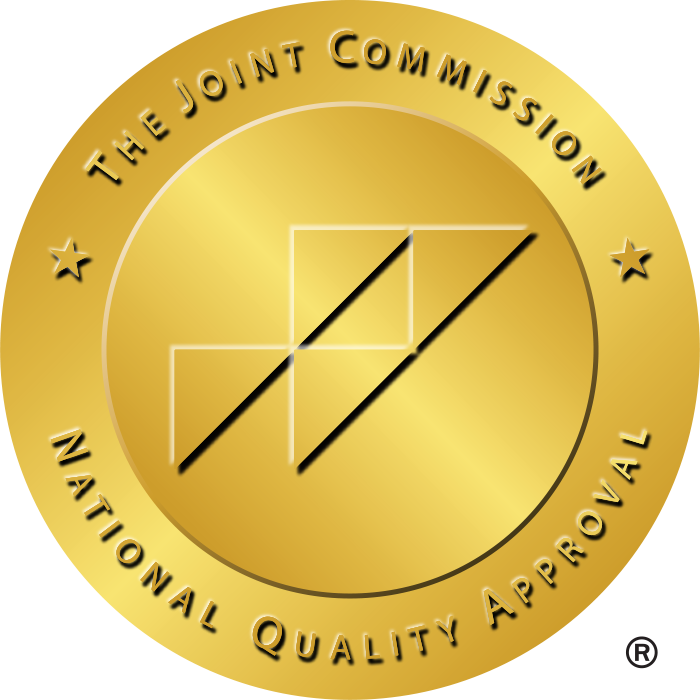Medical professions are notorious for being very demanding with long shifts, draining workloads, and little to no work-life balance. Hence, many allied healthcare professionals are switching to travel jobs. This not only offers great flexibility in jobs but also provides the opportunity to boost income, explore new places, and gain experience beyond traditional work placement in diverse medical settings. However, where can you find such job placements? This is where a travel therapy agency comes in.
Working with a reliable travel therapy agency can significantly improve your experience and set your career on the right trajectory. But the real question is how to find the right travel therapy agency out of hundreds of options. Understanding how to choose the right travel therapy agency comes with several considerations, including their support, benefits, opportunities, etc.
So, without further ado, let’s understand the dynamics of a travel therapy agency and how you can choose the best one to advance your career smoothly.

What is a Travel Therapy Agency?
Before the tips to find the right travel therapy agency, you need to understand the dynamics and what they are. For starters, travel healthcare staffing agencies act as a bridge for therapists looking for short-term assignments and healthcare facilities looking for short-term staffing. A travel therapy agency has placements, especially for therapists looking for travel jobs, including travel occupational therapist jobs, travel physical therapist jobs, travel speech language pathology jobs, etc.
These jobs are often termed as travel therapy jobs. They can be in various medical settings, such as hospitals, clinics, rehabilitation centers, and skilled nursing facilities (SNFs). A reliable healthcare staffing agency not only matches you with travel jobs but also offers different perks beyond your basic salary. Hence, choosing the right travel therapy agency is very crucial for your career growth and better travel experience.
10 Tips to Choose the Best Travel Therapy Agency
Choosing the best travel therapy agency involves several key considerations. Because this is the decision that has the potential to make or break your travel experience. Although travel jobs and allied travel careers are supposed to offer better earning potential, improved work-life balance, and diverse clinical experience. However, a travel therapy agency can totally turn this around if you don’t choose wisely.
So, let’s have a look at some tips to help you choose the right travel therapy agency.
1. Know What You Want From Your Travel Therapy Agency
Before you jump right into choosing your travel therapy agency and start your job search, evaluate your goals. This way, you’ll know what to expect from your travel therapy agency. Are you looking to explore new locations? Better salary? Gaining diverse experience? Or something else? Hence, it is essential to know what you want first before making your decision. This is because different agencies have different policies. Some offer interstate placements, some have better salary options, and some might have placements in different medical settings.
2. Research the Reputation of the Travel Therapy Agency
The reputaion of your travel therapy agency matters a lot. Reliable travel therapy agencies offer a wide range of allied travel career placements with high placement rates. You can do this by getting reviews from other professionals with traveling jobs and searching online reviews on communities, forums, websites, and social media groups. Make sure they are compliant with state board of nursing and licensing bodies.
3. Evaluate the Recruiters Before Making Your Decision
Your recruiter’s insights about your specialty and their honesty can make a significant impact. Hence, before choosing, evaluate them about your profession. Ask them about current market rates, multidisciplinary roles, and opportunities for your profession. Also, gauge their honesty about pay and whether they are offering competitive pay or not. If they have no idea about the scope of your profession and cannot facilitate support in that regard, it’s a major red flag.
4. Compare Benefits Beyond Base Salary
Although salary is the basic requirement, the actual benefit of travel jobs comes from the total compensation. Unlike permanent jobs, a large portion of the benefit comes from perks beyond the paycheck. These non-monetary benefits, including housing stipends, travel allowances, licensure reimbursements, health insurance, retirement plans, and continuing education opportunities, are equally important as the base salary.
5. Check for License Portability & Support
Travel jobs mean working in different locations, even cross-state placements. Hence, make sure your travel therapy agency offers license reimbursement, credentialing support, and help getting short-term licensure for a quick start. There are many allied travel careers for which compliance varies drastically in different states. Hence, your agency should be able to support you in this transition.
6. Ensure Flexible Contracts & Diverse Job Opportunities
The right agency not only offers placements for your exact profession but also has placements for related high-paying jobs. The best healthcare staffing agencies have a wide network. Hence, it increases your chance of matching with the right travel job that aligns with your goals. Ensure they offer therapy jobs in diverse medical settings like hospitals, clinics, rehabilitation centers, etc. Also, contract flexibility is important to prevent burnout and switch from one role to another seamlessly.
7. Guage Travel Logistic Involvement of the Travel Therapy Agency
Travel logistics can be very difficult when moving from place to place within weeks. Hence, you need to find out the involvement of the agency. Check if they have furnished housing facilities near your placement or if they offer family and pet support during relocation.
8. Watch Out for Red Flags in the Travel Therapy Agency
Some agencies show very apparent red flags. These can be not answering salary questions or answering them very vaguely, pushing you toward roles you are not actually interested in, not understanding the scope of your profession, having limited placement options, or a lack of long-term support.
9. Plan for Long-Term Collaboration with the Travel Therapy Agency
Travel therapy agencies should not only offer you the next gig but also support your career journey as you progress. A good travel therapy agency helps you upskill with funded certifications, secure consistent work in your preferred settings, and even have resources in case you want to transition from travel to a permanent position in the near future.
10. Explore Travel Therapy Agency Support for Specializations
A good travel therapy agency actively supports career growth. With their wide network and connections, they usually have access to funded certifications to specialize in high-demand areas that complement your current expertise. Travel therapy agencies that understand emerging therapy jobs are the best choice as they are well-versed in the current market. Hence, they can help you connect with travel jobs and allied travel careers that perfectly align with your long-term goals.
Final thoughts!
Travel therapy agencies are more than job finders, they are your lifeline when you are in the lookout for travel jobs. Partnering with the right travel therapy agency can have a significant impact on your career trajectory. However, with the above tips you can find the right one who not only matches you with high-paying travel therapy jobs but also supports your career growth in the long-term.
The right agency can open doors to rewarding opportunities. Hence, make sure you choose wisely. Because your future depends on it!







